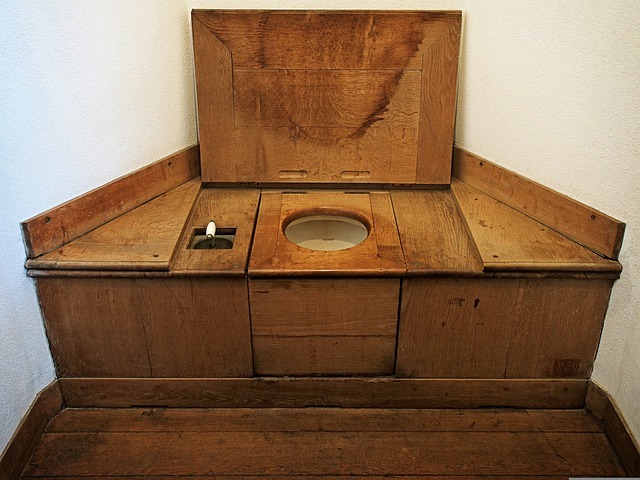
When you have to start repairing and maintaining your plumbing, you might wonder where to start. There are a lot of things to think about after all, from buying tools and equipment to following directions and local regulations. This article can show you what is needed to get the job done and how to do it properly.
If you have pipes that sound as if they’re squeaking or hammering, it’s an easy fix. You simply have to securely fasten any pipes that are exposed. It may be necessary to hire a professional to address noisy pipes that are located in less accessible places in your home.
If you have a pipe that freezes, you should turn on the faucet that is close to the pipe; this way, the water has a place to go. This gives the pressure somewhere to go, and can keep them from bursting.
Having your septic tank pumped out on a regular basis will keep it functioning properly. Doing this prevents any sediment from getting built up within the tank, which causes a backup in your home or causes your entire septic system to fail. It is a small price to pay now to keep your septic in good working order and prevent having to pay for a major repair caused by a backup.
Do not give a plumber the entire payment for a job until the whole job is completed. Some plumbers may require a deposit, but don’t fork over all the dough until the job is completed to spec. If you pay everything up front, you have no recourse if the plumber doesn’t finish the job or doesn’t do it correctly.
Get to know the tools and how they are used for the most success in plumbing. Read all of the equipment’s manuals and read up as much as you can on plumbing projects. Plan thoroughly before attempting a repair. Mistakes can be very expensive to fix.
You can resolve most toilet clogs yourself. Try a plunger first. If plunging the toilet doesn’t seem to clear up a clog, check the toilet’s water level. If it’s too low, try filling a bucket with warm water. Open the toilet’s tank, and pour the water in. The water needs to be at a low level again in order to repeat the process.
You can check for damage to the floors around the toilets by checking for soft areas. Sit on the toilet and move from side to side, placing one foot on the ground. As you do, see if the floor lacks sturdiness or feels otherwise soft. Identify any damage and repair it before it gets worse. In the long run, you are likely to save money by not putting off the repair.
Pour baking soda and vinegar down your bathtub drain every month. Afterward, place a washcloth or towel over the top of the drain, to keep the chemical reactions contained. Wait for a little while, and then pour boiling water down the drain. This should help clear your pipes of accumulated hair and soap scum.
Kitchen Sink
If you have any water in your dishwasher that should not be there, check the connection on your kitchen sink. The hose between the kitchen sink and the dishwasher has to have a peak in the middle so that the water can’t wash back in the wrong direction.
If you wish to use a pipe cleaner to clear out your clogged pipes, look for one that is enzyme-based. These will utilize natural bacteria to transform sludge into a liquid that can be removed. The enzyme cleaners are the best on the market.
If you want to save a lot of time and money on plumbing repairs, prevention is the best weapon you have in your arsenal. Clogs are a big problem with plumbing, and they are quite common. Hair can cause clogs, among many other things. Use a drain cover to keep hair and other elements from going down your pipes. Cleaning a screen is is a lot easier than cleaning out your pipe.
Letting your sink run is not really necessary when you put something down the in-sink disposal unit. It seems like water would help make the disposal function more smoothly, and many people simply assume that this is so, but it is not really the case. Some things can stick to the disposal, and cause it to become damaged beyond repair.
Drain Cleaners
Try not to use drain cleaners too often, it at all. The chemicals found in drain cleaners are very corrosive, and can end up damaging your pipes if you use them too much. If your drain frequently blocks, then call a professional to see what the real problem is, and get it solved once and for all.
If you are having trouble removing clean out plugs, there are a couple ways in which to resolve this. First, the clean-out fitting can be loosened with a hammer and chisel. Another option is chiseling through the relevant clean out plug.
Plumbing can seem so intimidating from the outside, but once you know a little, it isn’t all that hard. There are many basics that you should know first. A little research, along with some common sense, will give you the basics you need to get started on your particular job.